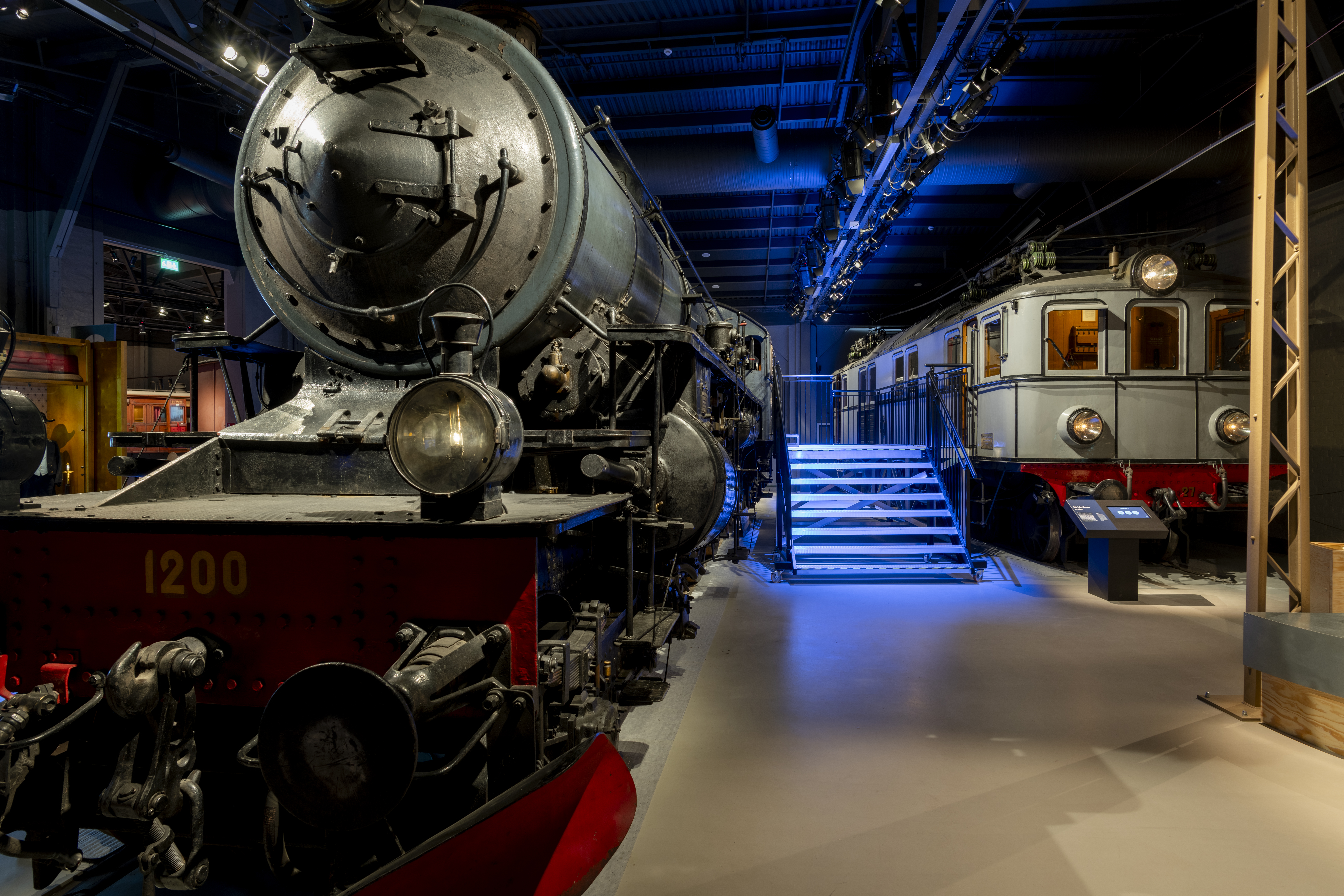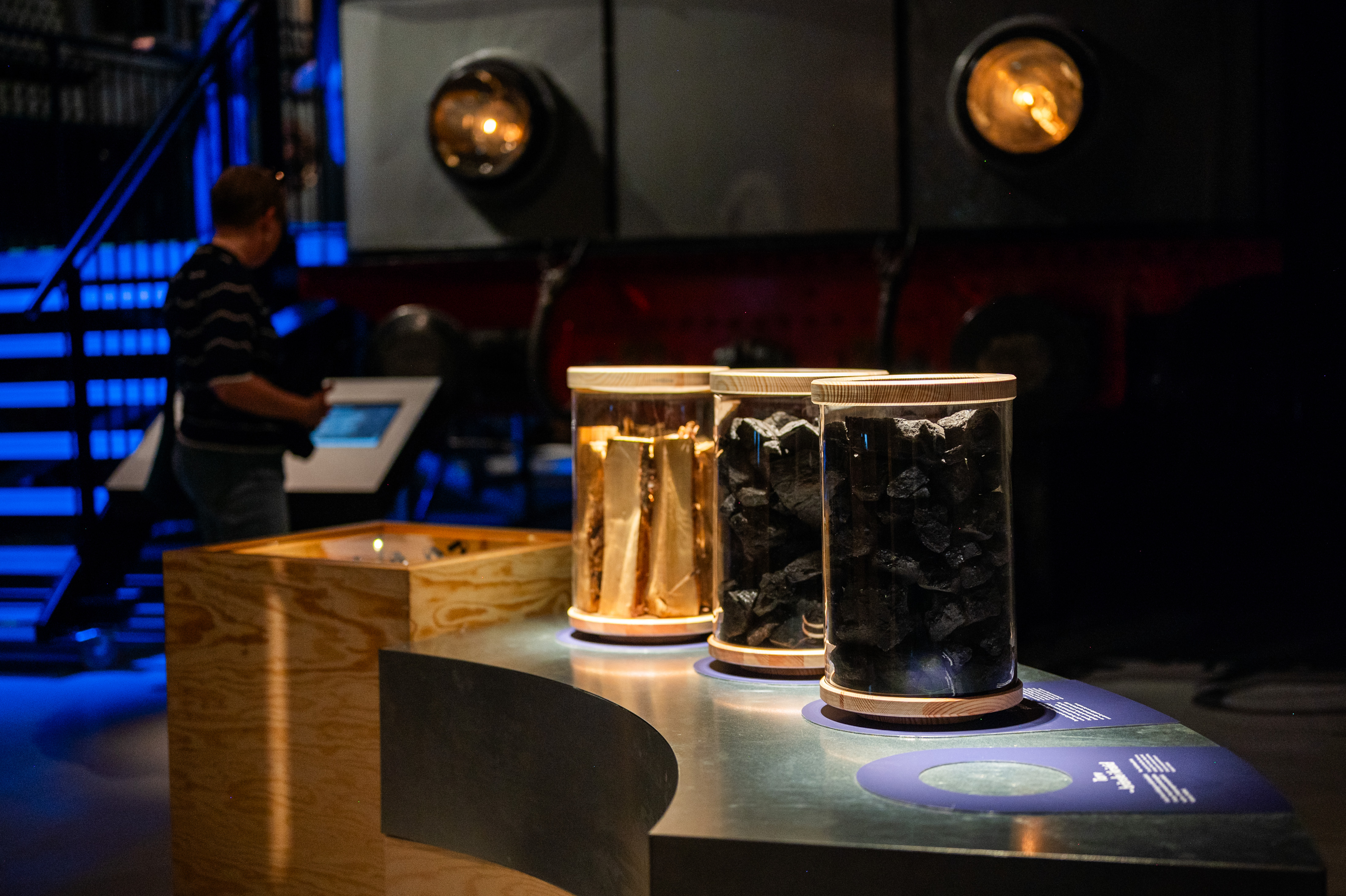
Electrification
Sweden has no coal of its own! Well, there is a little. But the country is extremely vulnerable if a crisis were to occur. The railways take this very seriously, and in the 1890s railway electrification begins.

“The white coal”
At the beginning of the 20th century, Sweden has a great need for coal. Among other things, it is needed to fuel steam locomotives. But coal is expensive and has to be imported. The high cost of coal, combined with the fear of disruptions to the railway, leads to an initiative to electrify the railway network. Over time, steam locomotives become obsolete. Coal is replaced by “white coal” – electricity. So, many hydroelectric power stations are built to produce all the electricity needed.